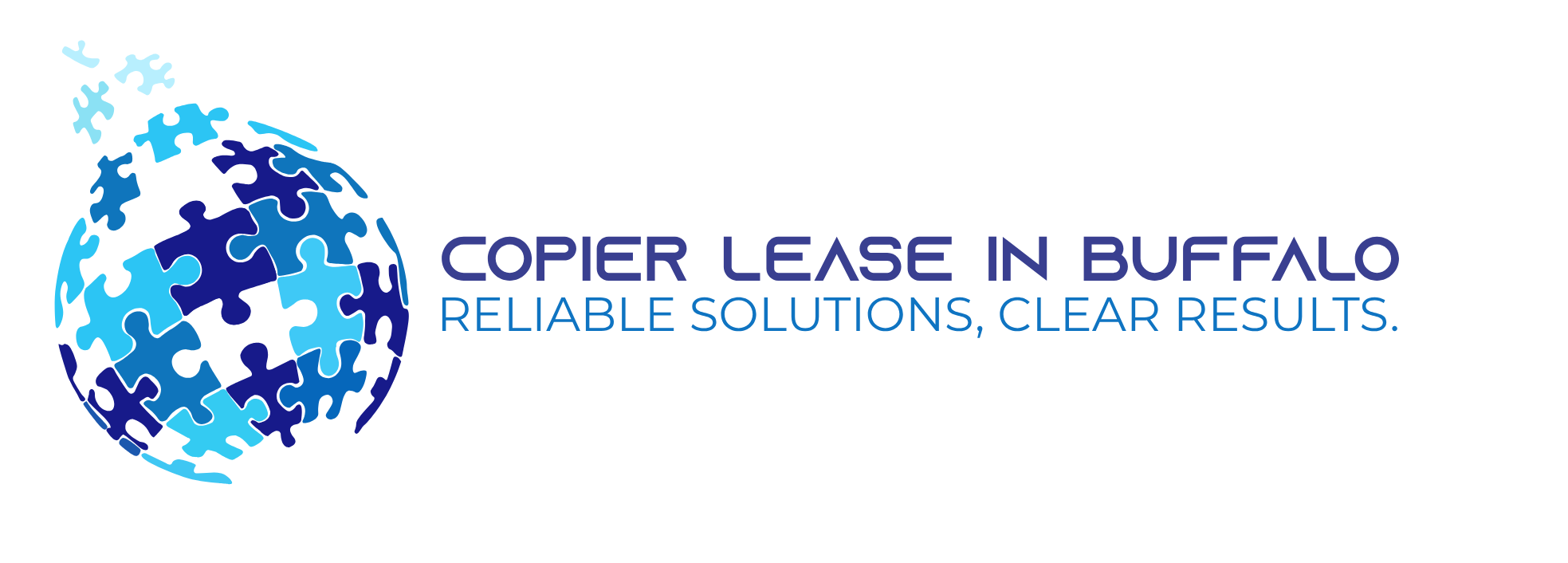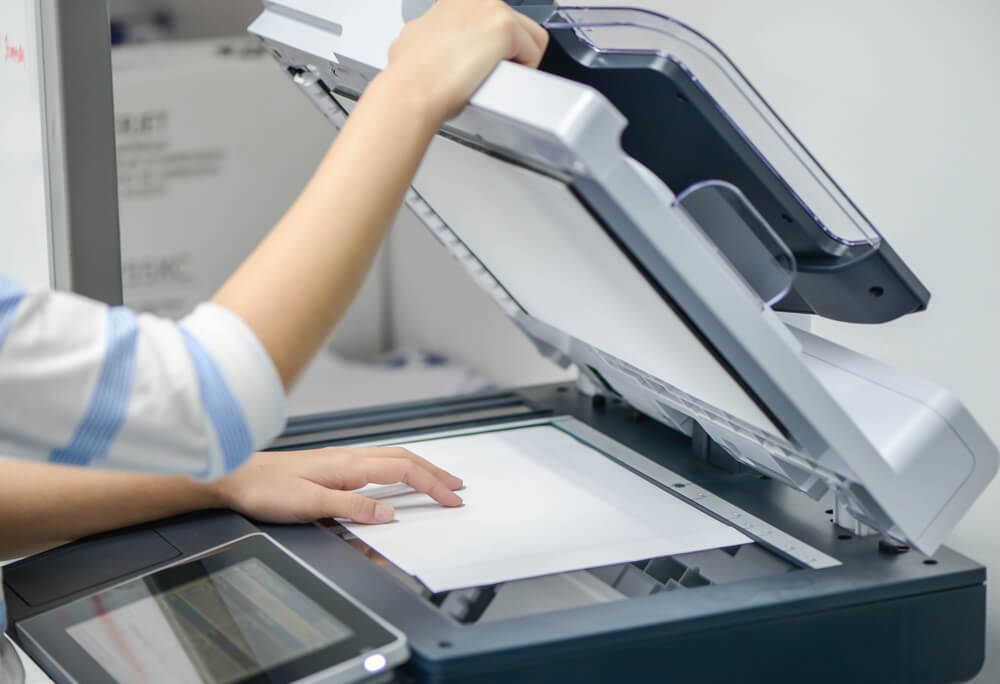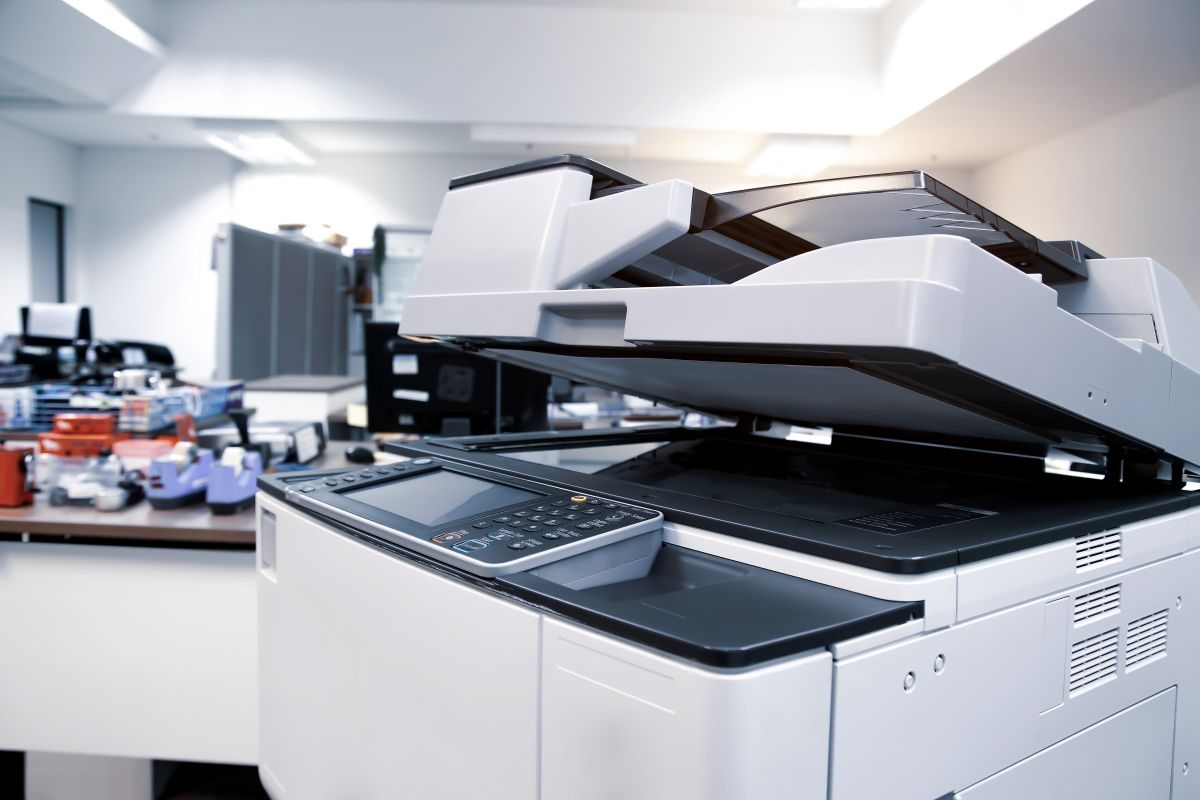Paper capacity is an essential paper handling feature that a paper handler should consider before making their purchase. Paper capacity is defined as the maximum weight or volume of paper that can be stored in a container, bin, hopper or paper tray at any given time. There are two types of paper capacities: volumetric and weight-based.
In this blog throughout, we will explore the importance of both types of capacities and discuss some benefits and disadvantages to paper capacity.
If you are in Buffalo and you are looking for a Copier for your business, you may contact Clear Choice Technical Services in Buffalo. You can ask about Copier Leasing Services in Buffalo, Copier rental services in Buffalo.
What are the two types of paper capacities?
– Volumetric paper capacities are measured by the cubic feet available within a compartment without considering the weight. In contrast, weight-based paper capacity measures how many pounds can fit in a container at any given time.
– Paper capacity is vital for office spaces because it allows them to store more paper than they would be able to otherwise.
– Volumetric paper capacity can help minimize the amount of space taken up by paper storage. In contrast, weight-based paper capacities might take more time and money if it is not complete enough.
– When using paper with a volumetric paper capacity, make sure that there are plenty of shelves or bins available for this type of paper to maximize its utility. Weight-based paper capacities usually need less organizing since they stack easily on top of each other without taking too much room within their compartment at any given time.
– With either type of paper capacity being used, always remember that every sheet has an area and a height that needs consideration beyond just how many sheets fit into the paper capacity.
– Make sure to measure a paper’s height and area before investing in any paper storage solution, as it will be the best decision for your needs whether you are buying the paper on rolls or sheets of paper.
What are the things we should keep in mind?
– Paper capacity can come in two different types: volumetric and weight-based. Volumetric capacities usually need more organizing, while weight-based ones stack easily without taking up too much room at one time.
– Measure each paper’s height and area when looking into purchasing new paper storage solutions so that you know what type is most beneficial for your needs with how many sheets fit onto a roll or sheet of paper.
– Always remember to keep plenty of shelves or paper holders on hand to be able to store paper in a way that it is easy to find when you are ready for another batch.
– Consider an adjustable paper storage rack, which can provide the most needed paper capacity until your needs grow or change with time.
– Find out how much weight each shelf can hold to know what type of paper you need and at what capacity it will work best without having any issues with sagging shelves.
Measures like thickness, width, height should also be taken into account before buying new storage solutions. These measurements affect how many sheets fit onto a roll or sheet of paper and stacking them neatly within the holder while being stored away from prying hands.
How important is paper capacity?
Paper capacity is an essential factor when purchasing paper storage solutions that will be used for an extended period. You want the paper you store away from prying hands and eyes in your office, school or home space to last as long as possible before it becomes too fragile and unusable with age.
The importance of paper capacity in the different types of offices. What size paper can fit into a standard sheet protector without significant adjustments. Widths to consider when choosing which documents will be stored inside each type of holder available on the market today to buy at your local office supply store near you! Getting rid of all those stacks by keeping them neatly within rows that stack upright saves lots more space than just leaving them stacked flat against one another as they would naturally fall when they are not stored in paper holders.
Should you choose paper holders based on weight? What about thickness, width, height measurements? How do these factors affect paper capacity in paper storage?
Lightweight papers such as thin sheet protectors may not require heavy-duty paper holders, while heavier types like card stock need more substantial measures. Thicker sheets will either take up more shelf space because they can’t stack or too heavy for paper holders not designed to accommodate their weight.
The width seems like an irrelevant factor, but you could have paper widths such as letter paper and legal paper, requiring different storage space sizes. Height is also a measurement worth considering because it affects the number of sheets in each row on your shelf, especially if they don’t stack upright when empty.






